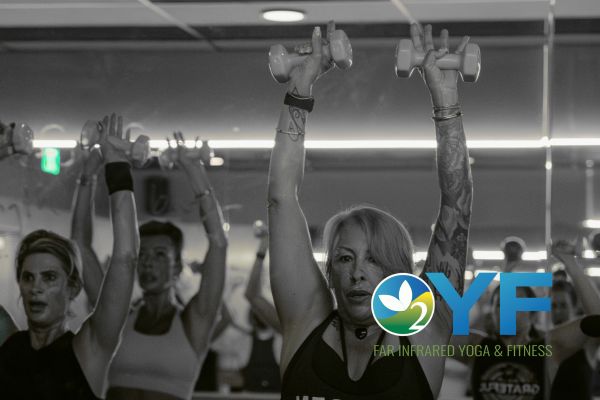
by oyffit | Jul 29, 2025 | FAR Infrared Benefits
In a previous post, we discussed how far infrared can help with one of the most common reasons people are working out, to support their mental health. That’s not the only popular goal where far infrared might be able to offer you an assist. As it turns out,...
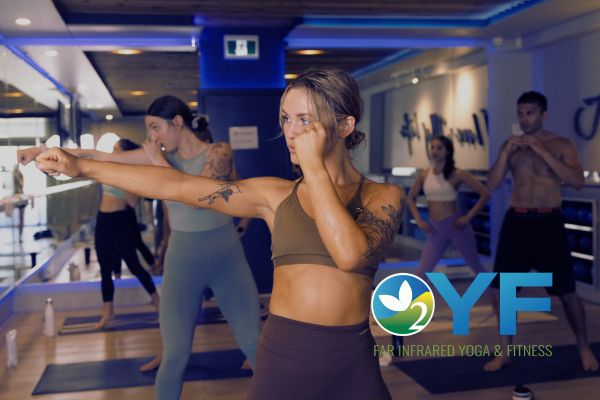
by oyffit | Jul 29, 2025 | FAR Infrared Benefits
Picture this: you’ve just achieved a big milestone in your workout goals. You’ve been coming to the studio consistently for months now and you are finally noticing the progress. You’re feeling motivated and ready to push for the next big goal. Nothing can stop you....
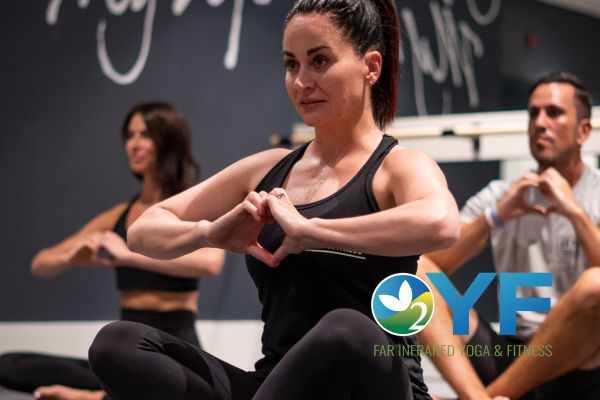
by oyffit | Jul 29, 2025 | FAR Infrared Benefits
Have you ever come to a yoga class planning to clear your mind and let the outside world go and found yourself utterly unable to do it? We all have those days. You think you’re going to enjoy an hour to yourself but instead you use the silence of class to ruminate...
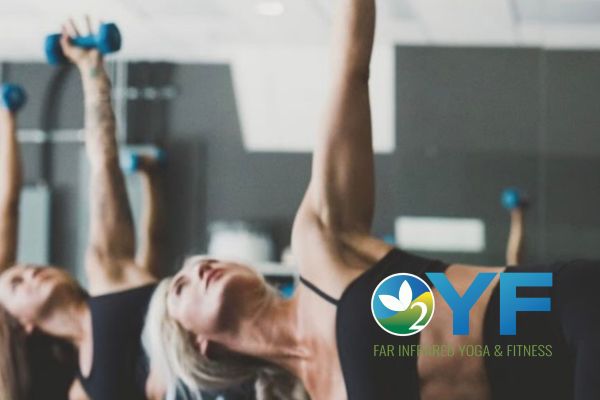
by oyffit | Jul 29, 2025 | FAR Infrared Benefits
Have you ever heard the phrase, work smarter, not harder? At OYF, we don’t shy away from hard work, but that doesn’t mean we want to make our lives more complex. In fact, we love it when there’s an opportunity to get added and unexpected benefits from one of our...
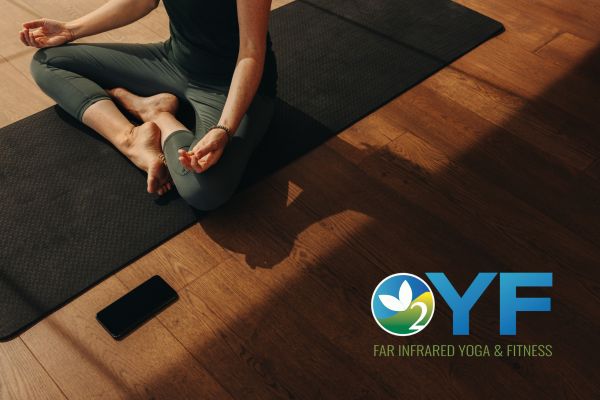
by oyffit | Jul 29, 2025 | FAR Infrared Benefits
Have you ever seen a clickbait-y article pop up on your feed claiming that a long bath is as good for you as a long walk or even a run? We’re not here to comment on that proposition today, but it’s underlying popularity is interesting. Why do articles like this go...
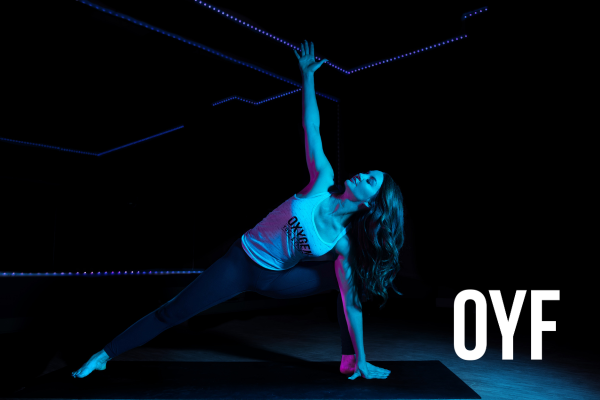
by oyffit | Jul 7, 2025 | OYF Blog
If you’re new to OYF, or new to the yoga community in general, welcome. We’re happy to have you here. You may know that our classes take place in an infrared-heated room. When you hear hot yoga, we understand if that sounds a bit intimidating. Yoga can already be hard...

by oyffit | Sep 20, 2024 | OYF Blog
Yoga is a well rounded sort of exercise. It’s not only good for your physical health but also your mental and spiritual wellbeing. Yoga practitioners have a long history of spiritual connection, and in fact it’s thought that yoga has been spread as a spiritual...
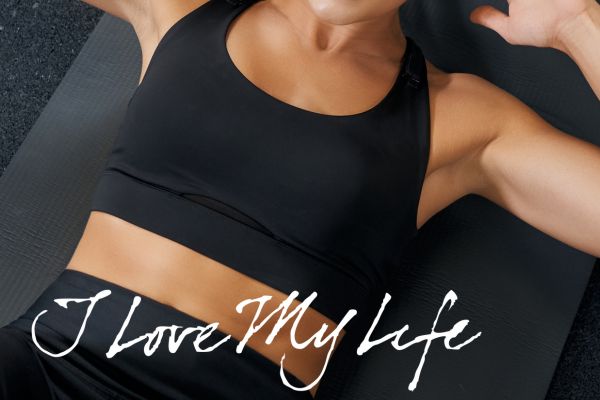
by oyffit | Sep 20, 2024 | OYF Blog
You don’t have to do sit ups to see progress in your core strength. We’ve covered the importance of ab strength, but how do you go about strengthening those muscles? We know that ab strength includes far more muscles than you may have first thought and that these...

by oyffit | Aug 31, 2024 | OYF Blog
Why We Love Strengthening Our Arms & Our Favorite Ways to Do It Arm strength might feel like one of the most obvious workouts. After all, when you think of the stereotypical displays of strength, flexing your arm muscles are probably one of the first things that...

by oyffit | Aug 24, 2024 | OYF Blog
Clear your mind on the mat and keep it clear all week long. Have you ever had the thought that your mind just isn’t as clear as it used to be? You might not even have noticed the mental state you were living in before to be particularly clear until all the...











